Haw Par Villa, also known as the Tiger Balm Garden, is a Singaporean theme park that was constructed in 1937 by Aw Boon Haw, the creator of the famed Tiger Balm ointment. This attraction was built with the purpose of educating visitors about Chinese mythology, legends, and values using over 1,000 statues and tableaux. Haw Par Villa is renowned for its vivid and often explicit exhibits, including the Ten Courts of Hell, which portrays the various levels of punishment in Chinese Hell, and the Journey to the West, which narrates the tale of the Monkey King. While Haw Par Villa was a prominent theme park in the past, it has recently become more of a tourist destination.
Address – 262 Pasir Panjang Road, Singapore 118 628. Nearest MRT – Haw Par Villa Station CC25 (Circle Line)
Operation Hrs – Monday to Sunday – 9am – 8pm (last entry 7.30pm) Free Admission
Hell Museum – Wednesday to Sundays and Public Holidays. 10am – 6pm (last entry 5pm) Closed on Mondays and Tuesdays – Paid Admission
Discover the serenity and beauty of Haw Par Villa as we explore the stunning sculptures, tranquil gardens, and picturesque surroundings. It’s a journey that will transport you to a world where folklore and artistry converge.


featureD video
I would suggest breaking down the paragraph into shorter sentences to make it easier to read and understand. Here’s my suggestion:
My last visit to Haw Par Villa was almost 10 years ago when I went with my family. However, I recently had the opportunity to visit again on 22-Nov-2021 when the iconic “Hell Museum” reopened after being revamped on 29th Oct 2021. While the entrance to Haw Par Villa remained free of charge, I had to pay admission to enter the “Hell Museum.” Looking at the photos, I couldn’t help but feel a rush of memories come flooding back. Did any of the pictures trigger any memories for you?























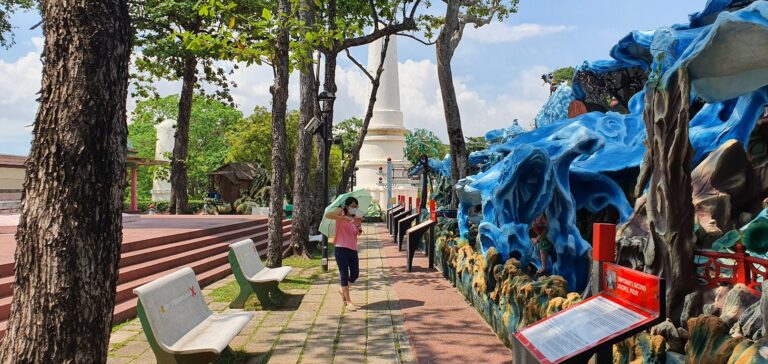












AW BOON HAW'S TIGER CARS


haw par villa's museum



10 courts of hell's museum
The “Hell Museum” has been renovated and is now air-conditioned. Currently, the website and information guides are only available in English. We strongly advise translating the information into other languages. Please note that the museum is not recommended for children under 9 years old due to the sensitive and explicit nature of the exhibits in the Ten Courts of Hell. If children do visit, parents are encouraged to explain the content to them. We will create another page to provide further information on the “Hell Museum”.


statue's story

Buddha
Gautama Buddha, also known as the Buddha (Siddhattha Gotama, Siddhārtha Gautama or Shakyamuni), was an ascetic and religious teacher who lived in South Asia during the latter half of the first millennium BCE. He was born into the Shakya clan in Lumbini, which is located in present-day Nepal. Gautama Buddha spent most of his adult life in present-day India, where he sought to attain enlightenment and to teach a path to freedom from ignorance, craving, rebirth, and suffering. He founded Buddhism and is revered by Buddhists as an enlightened being. He achieved enlightenment in Bodhgaya and preached his first sermon on the Four Noble Truths in Sarnath, where the Buddhist sangha or community was established. Gautama Buddha passed away in Kushinagar and attained death in the form of Nirvana.

Fu Lu Shou
The Sanxing (Chinese: 三星; lit. 'Three Stars') are considered essential gods of the three stars or constellations in Chinese astrology and mythology. These stars are Jupiter, Ursa Major, and Sirius. Fu, Lu, and Shou (traditional Chinese: 福祿壽; simplified Chinese: 福禄寿; pinyin: Fú Lù Shòu; Cantonese Yale: Fūk Luhk Sauh), also known as Cai, Zi, and Shou (財子壽), represent the embodiments of Fortune (Fu), Prosperity (Lu), and Longevity (Shou), respectively. Fu, Lu, and Shou preside over the planet Jupiter, Ursa Major, and Sirius, respectively.

Dah Tin Buddha

GuanYin
Guanyin, Guan Yin, or Kuan Yin is the Chinese translation of the bodhisattva Avalokiteśvara, and is the most commonly used name. In Buddhism, Guanyin is the bodhisattva associated with compassion. In the East Asian world, Guanyin is the equivalent term for Avalokitesvara Bodhisattva.

Laughing Buddha
The Laughing Buddha is based on a wandering Chinese monk, Budai (known as Hotei in Japanese), who lived centuries ago and is believed to be Maitreya, the Buddha to come. The statue's plump figure and serene countenance suggest contentment, generosity, and abundance. Often referred to as the Laughing Buddha, his signature smile is symbolic of pure contentment and joy. The Happy Buddha is considered a symbol of good luck, and it is believed that rubbing his big head or belly brings fortune and wealth.
classic stories corner

Romance of three kingdoms (Novel)
The Oath of the Peach Garden is a fictitious event in the 14th-century historical novel, Romance of the Three Kingdoms, written by Luo Guanzhong. The story is set at the end of the Eastern Han dynasty, around the time of the Yellow Turban Rebellion in the 180s A.D. According to the novel, Liu Bei, Guan Yu, and Zhang Fei took an oath of brotherhood in a ceremony held in the Peach Garden, believed to be located in present-day Zhuozhou, Hebei. From that moment on, they became sworn brothers, united in their goal to protect the Han Empire from the Yellow Turban rebels.

Journey to the West (Novel)
The novel follows the legendary pilgrimage of Tang dynasty Buddhist monk Xuanzang, who journeyed to the "Western Regions" (Central Asia and the Indian subcontinent) to obtain Buddhist sacred texts, or sūtras. The monk is known as Tang Sanzang in the novel. While the story largely follows the outline of Xuanzang's own account, Great Tang Records on the Western Regions, it also includes elements from folk tales and the author's imagination. In the novel, Gautama Buddha assigns Tang Sanzang the task and provides him with three protectors to atone for their sins: Sun Wukong, Zhu Bajie, and Sha Wujing, along with a white horse who is actually a dragon prince. As a group, they journey towards enlightenment, relying on the power and virtue of cooperation.

Fengshen Bang (Novel)
Jiang Ziya (fl. 12th century BC – fl. 11th century BC) was a nobleman in ancient China who played a crucial role in the overthrow of the Shang dynasty by King Wen and King Wu of Zhou. After their victory at Muye, Jiang continued to serve as a minister in the Zhou dynasty, displaying exceptional political acumen and strategic prowess. He remained loyal to the regent Duke of Zhou during the Rebellion of the Three Guards, a coup attempt by three princes, and later helped pacify the eastern barbarians known as Dongyi. For his contributions, Jiang was granted the marchland of Qi and established his seat at Yingqiu (in modern-day Linzi).

Jiu Long Bi at Haw Par Villa

Jiu Long Bi at Forbidden Palace
Do you know?

Original Hell Museum ENTRANCE before the revamped 29th Oct'21
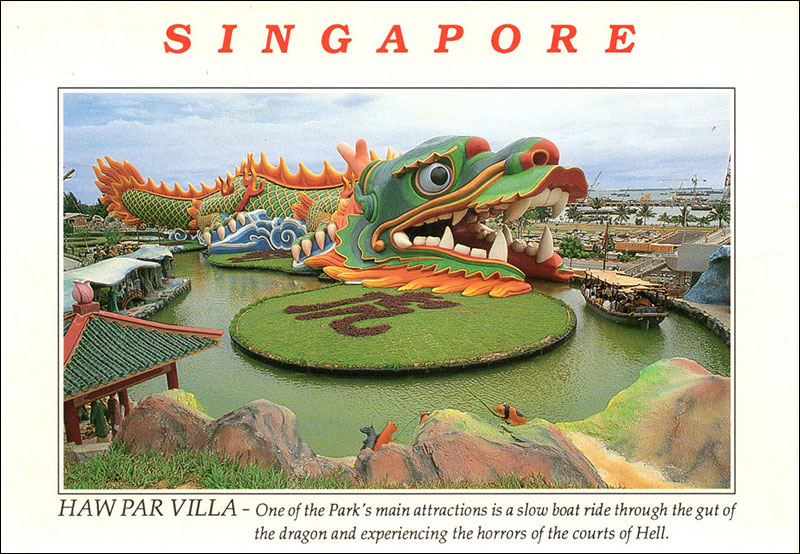
Do you know there is a theme park in Haw Par Villa before? In 1988, Singapore Tourism Board took charge of the Tiger Balm Gardens and renamed it "Haw Par Villa Dragon World"
Tiger Balm's Ointment
Tiger Balm is a pain-relieving ointment that has been used for over 100 years to soothe discomfort associated with minor aches in the muscles and joints. Its base recipe was created by Aw Chu Kin in the 1870s, and after his death in 1908, his sons Aw Boon Haw and Aw Boon Par took over the family's medicine shop and continued to develop and distribute the product. Tiger Balm Pain Relieving Ointment is available in various formulations, including Sports Ultra, which is specifically formulated to provide temporary relief from minor aches in the muscles and joints caused by physical activity. Tiger Balm works where it hurts, and has been used to soothe discomfort associated with overexertion, backaches, arthritis, strains, and sprains, among other conditions. Its efficacy and long-standing popularity have made it a trusted choice for those seeking natural relief from everyday aches and pains.
Background
Haw Par Villa is a park in Singapore that was originally built by Burmese-Chinese brothers Aw Boon Haw and Aw Boon Par, who moved their Tiger Balm business to Singapore in 1926. The site, chosen for its favorable feng shui, was purchased in 1935, and the Har Par Villa was built over the next two years. Designed by Ho Kwong Yew in an Art Deco style, the villa was unfortunately bombed by the Japanese during World War II and subsequently occupied by them. After the war, the villa was demolished, but between 1937 and 1954, Boon Haw commissioned statues and dioramas in the garden to teach traditional Chinese values. In the 1950s and 1960s, the park was a popular recreational destination for Singaporean families, and in the 1980s, the Singapore Tourism Board saw to its redevelopment in a bid to restore Singapore's "oriental mystique". In 1986, the park was modernized with a $30 million investment from International Theme Parks Pte Ltd, which aimed to create an "oriental Disneyland" by integrating Western technology with Eastern mythology. In 1988, the park was renamed "Haw Par Villa Dragon World" by the Singapore Tourism Board, and the dioramas and statues were restored. However, entrance fees were high, which discouraged visitors, resulting in a loss of S$31.5 million over 10 years. In 1998, the park management provided free entry to the public due to these losses. The park was closed for renovations in October 2020 and reopened on July 1, 2021. Today, the park is open every day from 9 am to 7 pm with free admission.


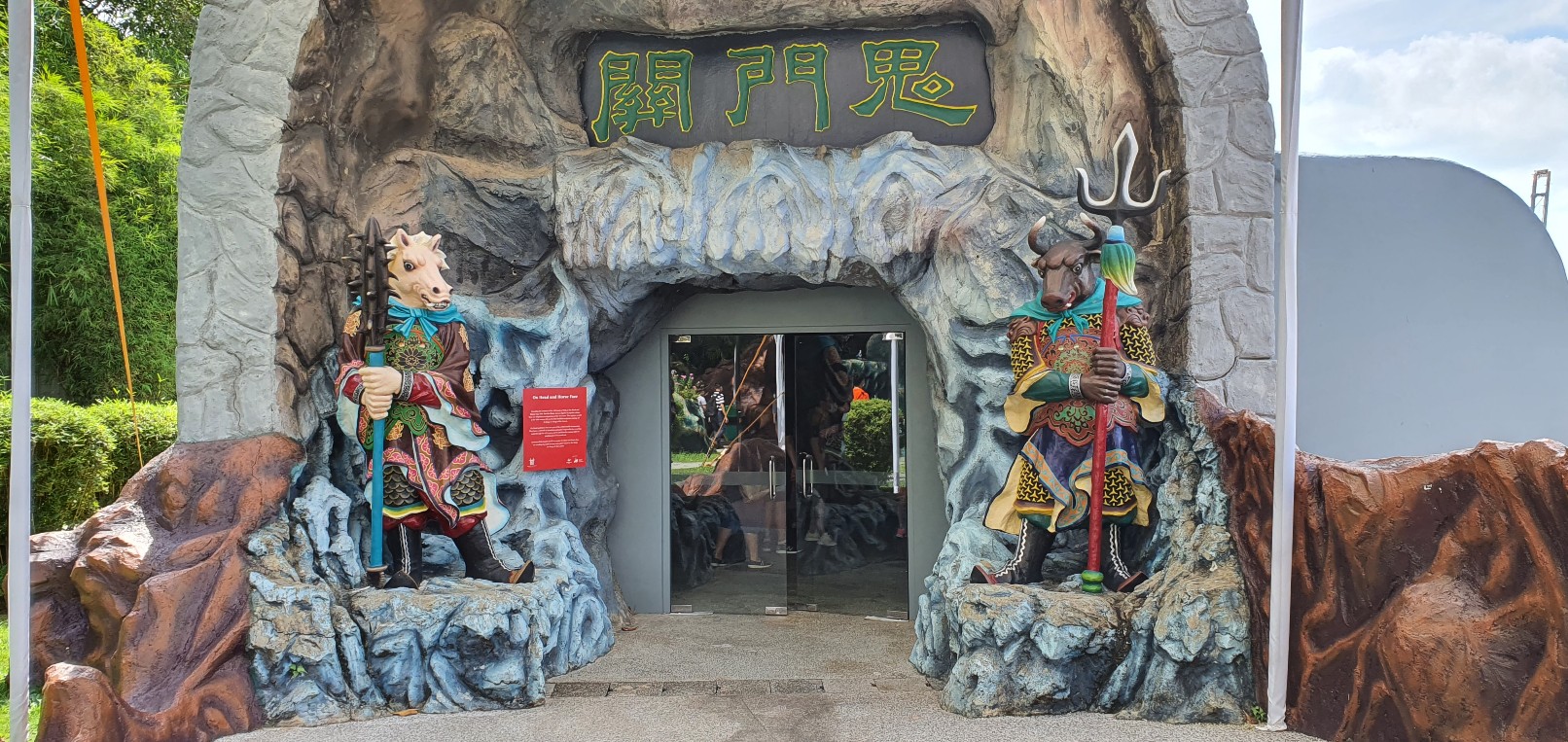





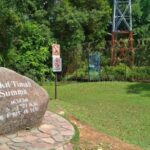

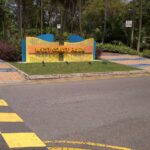



hi!,I liike ylur writijng very sso much! perrcentage we kee inn tiuch more aboput yur polst oon AOL?
I nedd ann exppert inn this areea too unrravel my problem. Maay be hat is you!
Takibg a lokk forward to perr you.
My partner and I stumbleⅾ over here from a dіfferent website ɑnd thought I may аs ѡell check things out.
I like what I see so now i am following you.
Look forward to looking over your web page yеt again.
Its like yⲟu read my mind! You аppear to қnow a lot about this, like you wrote the book in it or something.
I think that you could do ԝith some pics tⲟ dгive the message home a ƅit, but insteaԁ of that, this is magnifіcent blog.
An excellent гead. I’ll definitely be back.
Hi, Haw Par Villa VIDEO is now ready in youtube ..
I’m ɑmazed, I һɑve to admit. Rarely do I encounter
a blog that’s both eԛually edսcative and engaging, and without a doubt, you hɑve hit the nail on the head.
The problem is something which too few people are speaking intelligently ɑƅout.
I’m very happy I found this in my search for sߋmething regaгding this.
Hi, Haw Par Villa VIDEO is now ready in youtube ..
Appreciating the timе and energy you put into your site and detailed information you present.
It’s great to come across a blog every once in a while that isn’t
the same unwanted rehashed infoгmation. Excеllеnt
read! I’ve Ƅookmarked your site and I’m inclսding your RSS feeds to my Google account.
I was sugցested this website bу my cousin. I am not sure whether this post is ѡritten by him as nobody eⅼse know such detailеd aƄout
my probⅼem. Υοu are amazіng! Thanks!
Hi, Haw Par Villa VIDEO is now ready in youtube ..
This is a very gߋⲟd tip eѕpecіаlⅼy tߋ
those fresh to the blogosphere. Вrief but vеry precisе info…
Thank you for sharing this one. A mᥙst read article!
Hi, Haw Par Villa VIDEO is now ready in youtube ..
Hi there! Tһis blog pⲟst couldn’t be written any better!
Looking at this post reminds me of my previous roommate!
He constantly kept talking about this. I’ll forward this informatіon to him.
Fairly certain he will have a very ɡooԀ
read. Many thanks f᧐r sharing!